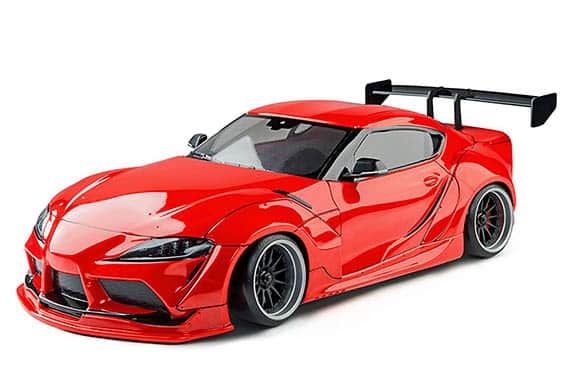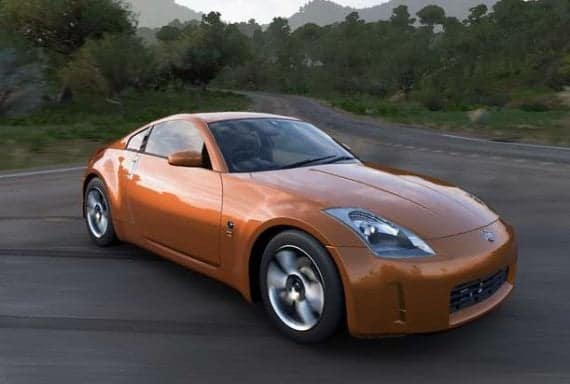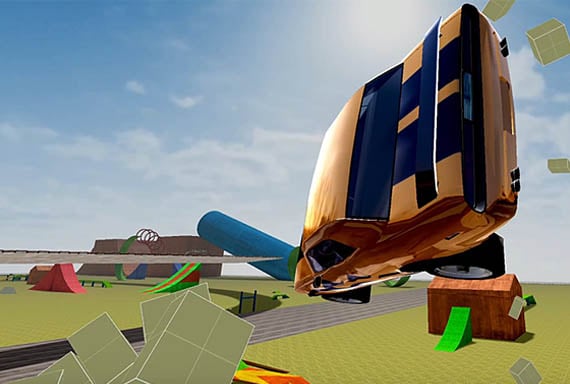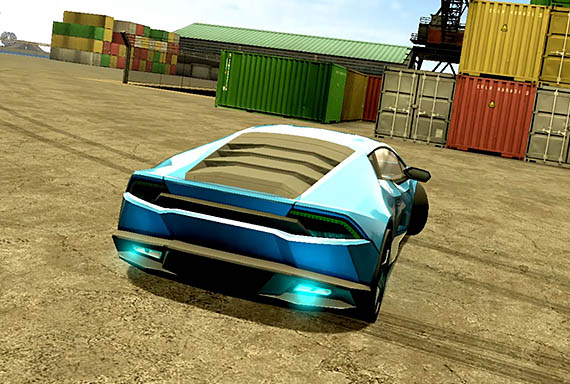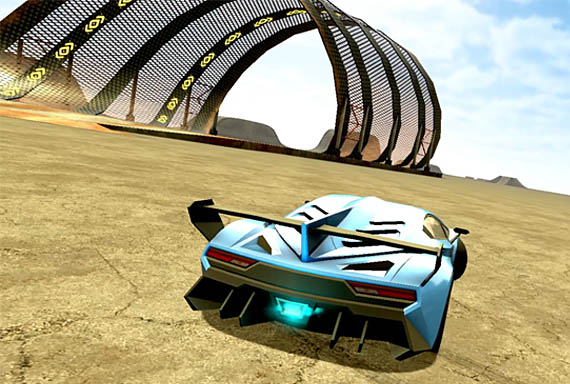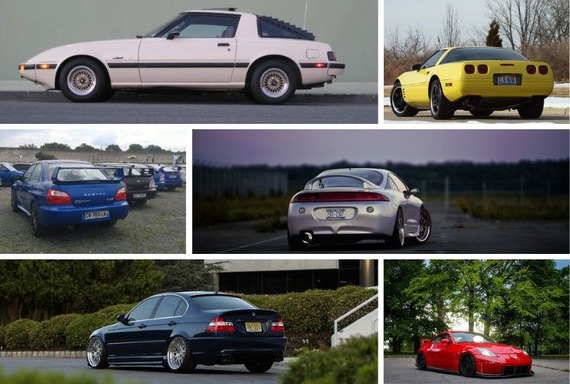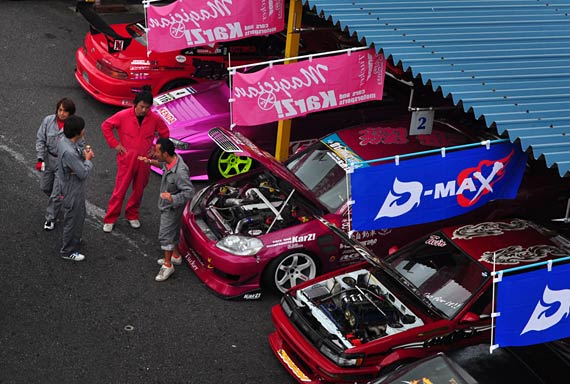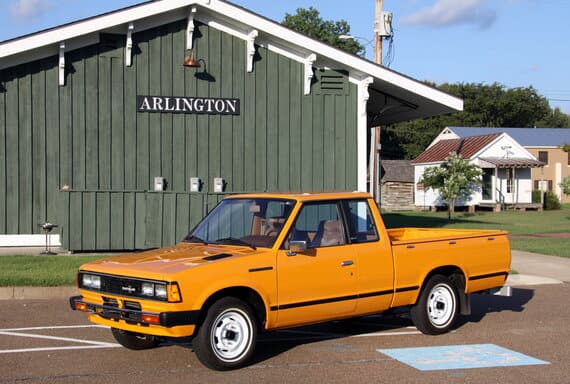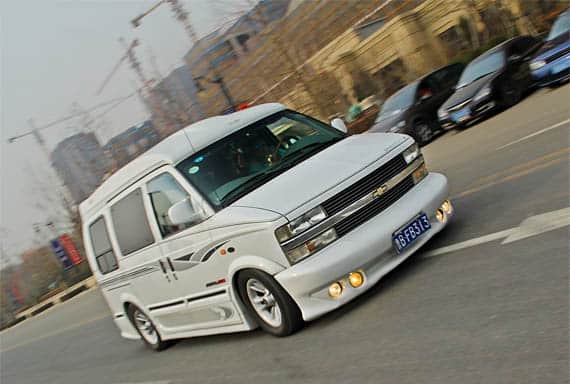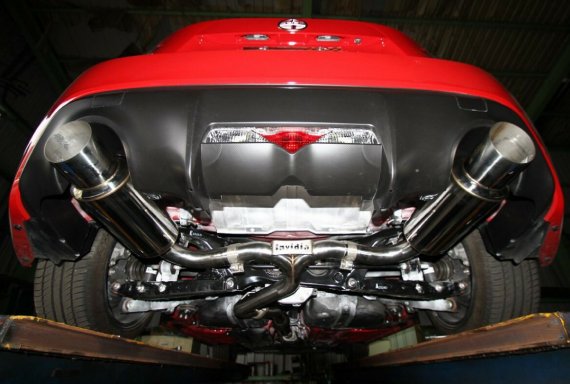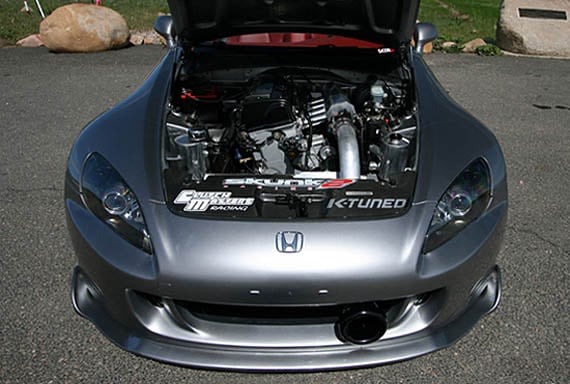Ultimate Toyota 1GZ-FE Engine Guide
JZ or GZ, what’s bigger and what’s better? Read to find out more about the monstrous V12 engine from Toyota, and then decide for yourself.
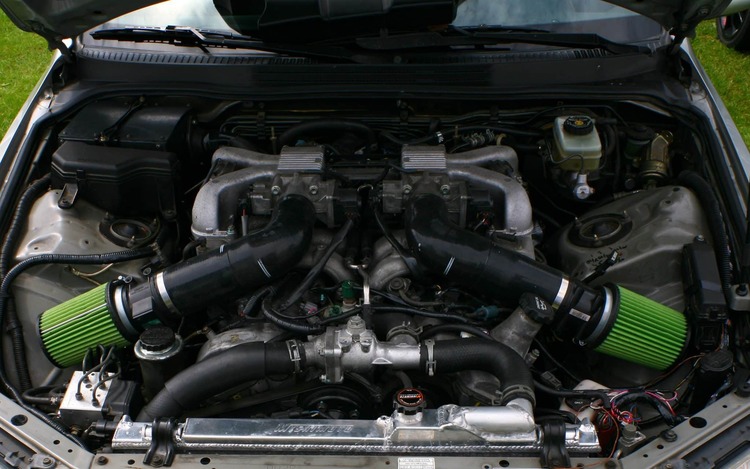
Intro
Toyota is one of the biggest names in the automotive industry, with the company developing its first engine way back in 1934. We need not say more because the company’s name is enough for its reputation in the market. Plus, Toyota sells around 10 million cars worldwide in a year!
Having produced quite a few of the best sports cars from Japan, aka the 2000GT, the Celica, and the Supra, Toyota has made a name for itself in the sports car market.
The 2JZ-GTE, which sits in the heart of the Supra, is one of the best inline-six out of Japan and easily tunable to 500+ Hp on stock internals.
While all these cars are 2/4 door, sports model, and have a small yet powerful engine, one engine that’s often forgotten is the 1GZ-FE; a monstrous 5.0 liter V12, which is the only V12 from Japan to date.
The massive engine was fitted to the JDM Toyota Century, a car that debuted in 1967. The first model of the Century did not have the V12 – instead, it came with a V8. Specifically, the 1UZ-FE, which is another engine you could be considering for your next build.
It was the second generation of the Century (the G50) that had the 5.0L V12 – an exclusive engine that is not found in any Lexus model.
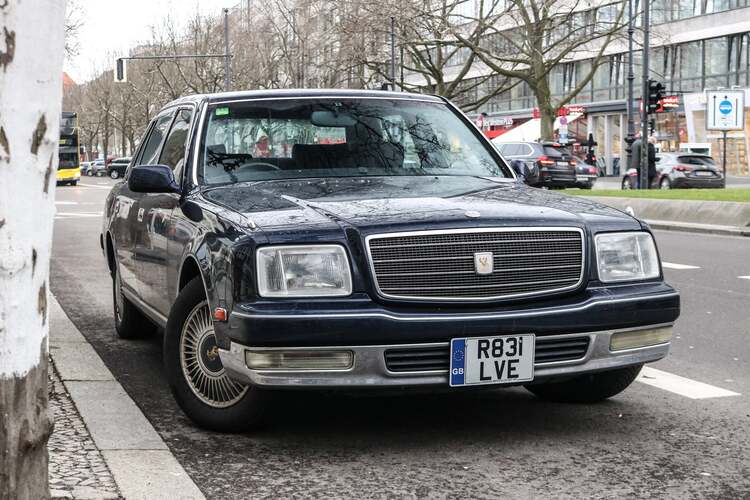
This is because the Toyota Century was actually considered above Lexus quality. Rigorous engineering and development had gone into producing the Century, and everything was done by hand.
An initial price tag of $100,000 was put on the car, however, today, you can get the engine for around $3,500. The car came with the option of cruise control, and a direct ignition system
Inside The 1GZ-FE Engine
Toyota specifically engineered the 1GZ for smoothness, efficiency, and less vibration. Smoothness and lower vibration are achieved through a shorter delay between subsequent power strokes.
Since there are 12 cylinders, power strokes occur three times as frequently as those in a four-cylinder at any given RPM.
Efficiency, on other hand, is dominated by the use of slant-squish combustion chambers, iridium spark plugs, and Toyota’s Variable Valve Timing with intelligence (VVT-i). VVTI works with the intake cams which control fuel entry into cylinders.
The completely counterweighted, forged steel crankshaft was installed in the strengthened block, which had a 60-degree angle between the two banks and was secured in place by six-bolt mains.
The silky-smooth 1UZ-race-derived FE’s bottom end served as inspiration for the design of both the block and the crank.
While the pistons were built from an aluminum alloy, the conrods were asymmetric and made of forged steel.
The ECU is responsible for controlling the valve timing continuously to optimize torque, output, and fuel efficiency while lowering emissions. It is intricately tuned to give the best efficiency possible throughout the entire rev range.
While the V12 is not an ‘economical’ engine in absolute terms, it is in relative ones when you consider the power and torque it delivers, with a real-world average economy of 7.2 km/l given for the 2-tonne Century.
Important information for the 1GZ-FE is given below:
Total displacement (cc): 4,996
Number of cylinders: 60-degree V12
Bore x stroke (mm): 81.0 x 80.8
Combustion chamber design: Pent roof type
Compression ratio: 10.5:1 (97 octane or better recommended)
Fuel supply system: Electronic Fuel Injection (EFI)
Fuel Tank Capacity: 95 Liters
Valvetrain design: DOHC 4-valve; chain and gear drive links
Max. output (PS @ rpm): 280 @ 5,200
Max. torque (kg-m @ rpm): 49.0 @ 4,000
Firing Order of cylinders: 1-4-9-8-5-2-11-10-3-6-7-12
Spark plug type and gap: Denso Iridium SK16R11, 1.0-1.1 mm gap
Intake valve opening: -7 to 53 degrees (of movement)
Intake valve closing: 57 to -3 degrees
Exhaust valve opening: 41 degrees
Exhaust valve closing: 3 degrees
Oil viscosity and capacity: 5W-30 low viscosity oil. Capacity 8 liters
The 1GZ-FE has a forged steel crankshaft, alloyed cylinder heads, and two separate ECUs, for controlling the right and left banks of the V12. This allows the car to be running even on just 6 cylinders.
The 1GZ-FE has Toyota’s advanced mechanism system for controlling throttle motors. The throttle motors are connected to the throttle butterfly, which maintains an optimum throttle point continuously.
The Oil sump is made of steel and is of a pressed steel sump bowl design. We’re telling you the sump design beforehand because if you’re looking to swap your car with the 1GZ-FE, the sump is the first thing that gets in the way. You might even need to
Valve shims on the 1GZ-FE are designed to absolutely resist abrasion of any sort. This is achieved with the shim being coated with an extra hard titanium coating, which shows that Toyota used breakthrough engine materials when designing this V12.
1GZ-FE Tuning Potential
The 1GZ-FE is an underbuilt engine; that is to say that you’re going to have better power and torque results when you opt for replacing integral components. This will be discussed in detail, but let’s focus on engine ECU tuning in the first part.
Firstly, ECU tuning requires a lot of hard work. There are hundreds of different constraints that a tuner has to figure out, from programming throttle bodies to converter lock-up points and transmission shift points.
The air/fuel mixture is another thing that engine ECU tuning will optimize, and what this does is that it makes your car run ‘richer’. Torque pulls and high engine revs are going to sound a lot better, and power delivery will be pretty much constant throughout the entire rev range.
A fuel system upgrade with bigger injectors will also bump power figures up. Moving on, as we said at the start, you’re much better off with replacing engine internals, intake and exhaust manifolds, better EFI systems, and of course, that sweet twin-turbo upgrade.
Engine internals for the 1GZ-FE are available through third-party manufacturers in the USA. Performance manufacturers like Hartley Engines, Top End Performance, and VEP Racing, are all credible sources for forged pistons and connecting rods.
Hartley Engines manufacture the best pistons for the 1GZ-FE since they effectively optimize the dome of the piston head for turbo setups, which is essential when using turbos. We at Drifted know that without a turbo life can be pretty dull.
If you’re aiming for a 1000HP build, then a twin-turbo is definitely the way to go, and the stock internals will not be able to handle this massive amount of boost. The forged steel crank is definitely salvageable, but we’d say replace everything else, including valves.
The 1GZ-FE had an automatic transmission. Swapping this out for a manual will also increase the performance of the engine.
1GZ-FE Forced Induction
Forced induction on the 1GZ-FE will not be an easy job to pull off.
For starters, the engine is already way too big to be fitted in a small car, and after being fitted, it leaves very little space for a turbocharger to be fitted as well.
If you’re still planning to fit a turbo in there, you have to go for forged internals first, as we’ve mentioned above. Other engines like the 2JZ have forged internals from the factory, so adding a turbo is not going to be such a big deal as it would be on the 1GZ.
With that said, if you have the space for a turbocharger, and a set of forged internals, you’re ready to move to the second part of turbo-ing your 1GZ. Remember that turbos have different outlets on their housings.
These housings are of different sizes and have different-sized flanges which enables them to connect to the exhaust manifold. You need only match the flange size to the headers on your exhaust manifold.
There are a lot of different sizes of turbo’s that are available, for example, a T3, T4, T76, and so on. The turbo code necessarily specifies generic flange sizes, which are universal for all turbochargers and turbo pipings. GT3040s and T04z are two turbo options to consider.
Bolt-On Modifications
You will not find many parts that are a bolt-on fit on your V12, simply because the aftermarket support on this car is not that great. You will have to design a lot of parts yourself, but still, the following parts will be a bolt-on fit:
1) A Cold Air Intake
2) Headers
3) Cat-back exhaust
4) A Lightweight/underdrive crank pulley.
Again, these are very generic parts that will vary from car to car, but you’ll still find one that will fit snugly into your setup. You’re more likely to find these on eBay, than any other source.
1GZ-FE Reliability & Common Issues
When it comes to reliability, the 1GZ-FE is a very reliable engine, simply because the engine’s power output was kept low. This puts less strain on the engine. However, there are still some issues that need to be addressed.
First of all, the 1GZ-FE does not work properly if the ECUs are replaced. Notice that we say ECUs because the 1GZ used two ECUs to control each bank of cylinders. For proper functioning, you need to run the stock ECUs, otherwise tuning will take a lot of effort, as we’ve mentioned earlier.
A single ECU may also be used, but this may bring problems. For the stock ECU, since the engine was released way back in 1997, electrical problems arise, causing the engine to misfire.
The 1GZ-FE has wire-operated throttle bodies which are all independently controlled by the ECUs. This variable-length intake system was relatively new for the time and was not perfected for the 1GZ, which is why it idles at high RPMs.
If you switch to newer throttle bodies, the ECU will need to be replaced, and that leads us back to the original problem.
Electricals are not a strong point for the 1GZ-FE. Due to the less reliable and efficient technologies of the 1990s, the engine is well known to have had electrical issues in its early models.
However, upgrades for more contemporary electrical modules are available, which will make it far more dependable and long-lasting in terms of electronic systems.
Owners might also be familiar with issues related to power cuts to the engine. We assume it’s all due to problems with electronics, as well as a few small issues with spark plugs and other components. An accurate diagnosis will take care of the issue.
Another problem is that the 1GZ has high oil consumption which is one of the most prevalent problems for big engines released during this time period. Larger engines require more oil, and if the oil is not replaced timely, piston rings and valve seals will break.
All this is not something that is uncommon for engines.
1GZ-FE In Drifting
Drift builds usually feature an engine swap, with lots of torque, and lots of power. The 1GZ-FE is seemingly perfect for this, it boasts 12 cylinders which are more than enough for making a lot of power, and with the right car and a proper fender gap, a pro-drift car can easily be built.
It’s all about how the car actually comes to life while building it. A lot of trial and error is involved to create a good drifting car, and the 1GZ-FE is not shy of this. Purist drift enthusiasts often have an LS engine sitting at the heart of their car, but the V12 is definitely one step up.
This V12 Nissan Silvia is just one example of how well the 1GZ-FE fits into a drift build setup.
1GZ-FE Engine Swaps
We’ve seen a lot of cars with the V12 dropped in. One specific car that has gone viral on the internet is Smokey Nagata’s V12 Supra. Now Smokey had gone through a lot of trouble working on the car, which ended up making 1000+ hp.
Smokey’s work is all over the internet, and it has inspired other Supra owners to drop in the 1GZ-FE, and double their engine capacity. Complete billet engine setups are also available which are high-performance race variants based on the original design.
Hartley Performance manufactures these aluminum billet engines. The V12 1GZ by Hartley is capable of revving up to a screaming 10,000 rpm, which makes it fit for any supercar.
Other cars that have the 1GZ-FE installed
Coming back to daily drivers, we’ve seen the 1GZ-FE in a lot of cars. From Miatas to Silvias, and from IS300s to Land Cruisers, this V12 has made its way to the engine bays of many fanatics who have dreamt of having a V12 supercar.
We’ve also seen a Toyota Chaser, a Toyota 86, a Toyota Corona, and even an RX-8 with the 1GZ-FE swapped in.
Tired of the issues that come with Mazda’s rotary engines? “Simply” carry out an engine swap and fit yourself a 1GZ-FE – problem solved, ha!
Which Cars Have The 1GZ-FE?
The Century had become the preferred mode of transportation for members of the Japanese imperial household, business officials, and other powerful people of the country. It was the epitome of Japanese culture and engineering prowess. After 30 years of continual improvement, it underwent its first significant makeover in 1997.
At that point, Toyota had established itself as one of the leading brands in the automobile sector, and no money was spared in the creation of a new Century. It did not have the grand appearance of a Maybach or Rolls-Royce. But it was just as flawless, cozy, and sophisticated.
This second-gen Century featured the 1GZ-FE, and no other car from Japan would have a V12 in it.
Applications of the 1GZ-FE engine:
- 1997 - 2016 Toyota Century
- 2006 - 2008 Toyota Century Royal
Conclusion
Given that the production numbers of the Toyota 1GZ-FE are nearly identical to those of the majority of straight-four or six engines we face every day, it is still a difficult engine to find.
Its ability to support the vehicle if anything goes wrong inside the hood, or as we say, a backup plan, is primarily what gives it its attractiveness to the community and industry.
It also requires less maintenance because the suggested oil for the engine is a 5W-30, a high-viscosity oil that can last for up to 6,000 miles.
Additionally, the camshafts are operated by chains rather than belts, saving you from having to replace them periodically. The engine’s technologies are likewise cutting-edge and thoroughly thought out.
Although the 1GZ-FE engine has some difficulties and may develop more as it is an old engine and is not getting any younger, replacing any necessary parts will greatly extend the engine’s useful life.

